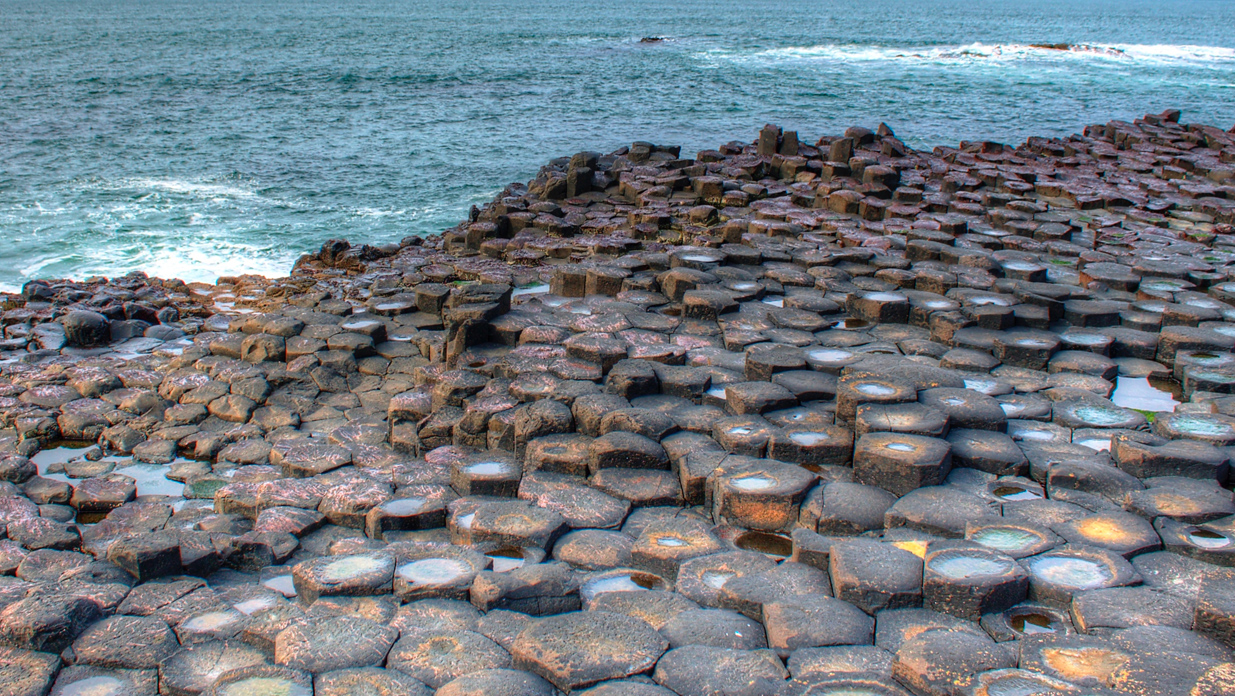What do I need to do to protect my invention with a patent?
The steps taken in a typical patent application process are set out below in accordance with the Patents Act 1953. There are alternative steps that may be taken in some cases, however it is not practical to summarise all possible alternatives here. If you would like further information, please contact us.
1. Pre-filing Search
In some cases we suggest firstly conducting a search for prior publications to get an indication of whether an invention is new, and ascertain if you risk infringing others patents. However, the cost for conducting a search of New Zealand published specifications and reporting to you often equates or exceeds the cost of filing a patent application. Further, most inventors know their chosen fields well and are mostly aware of what is already known in their field. Therefore, it depends on the particular case as to whether a pre-filing search is conducted. Please note that such a search is not definitive due to the large number of databases which are now available to be searched, and the potential that a relevant unpublished application may exist.
A useful website for checking whether an invention may be new is Google Patents (www.google.com/patents) which searches United States patents and published patent applications. However, as mentioned above, such a search is not definitive and will not locate patents filed in other countries, or other potentially relevant documents such as journal articles.
2. New Zealand Provisional Specification
The first step for New Zealand inventors or companies in obtaining a patent is typically to file an application accompanied by a provisional specification (provisional specification) at the Intellectual Property Office of New Zealand (IPONZ). A provisional specification should describe the invention in sufficient detail so that a person skilled in the relevant field can put the invention into effect without any undue experimentation. The invention should be kept confidential until after the provisional specification has been filed in order to preserve the novelty of the invention.
As you might expect, the exact wording of the provisional specification has a direct bearing on the breadth of protection. For this reason we strongly suggest you allow us to draft the provisional specification on your behalf.
A provisional application serves to secure a "priority" filing date. Publications or use after the priority date will not destroy the novelty of your invention, provided that you take the next step within 12 months of filing.
Once a provisional is filed, you have 12 months to proceed with your application by filing a complete specification, and to file applications for protection in other countries.
3. New Zealand Complete Specification
The next step in obtaining patent protection in New Zealand is to file a complete specification at the Intellectual Property Office of New Zealand within 12 months (extendable by up to 3 months) of the filing date of the provisional specification.
If the provisional specification contains an adequate description of the invention, the complete specification may be identical to the provisional specification (subject to the addition of any significant alterations you make during the intervening 12 months), except for the additional description of what you are claiming protection. These so-called "claims" are located at the back of a complete specification and set out the scope of your protection.
It is possible to file a complete specification straight away, without first conducting a search or filing a provisional specification.
The advantage of this approach is that an examiner will consider the application and issue an examination report within 4-8 weeks. The drawbacks of this approach are that any major developments of your invention after filing may not be added to the complete specification, whereas they could be included in a complete specification filed up to 12 months after a provisional application. Also, specifications are published after an application is accepted, and this approach would result in an earlier acceptance and publication date. It may not be desirable for your application to be published if your invention undergoes major developments and you wish to re-file a new application rather than proceed with the original application (since the publication could destroy the novelty of the new, re-filed application). However, this may be a sensible option if you have performed a substantial amount of product development and finances are tight.
4. Examination and Acceptance of New Zealand Patent Application
A complete specification is examined by the Intellectual Property Office of New Zealand and, once any objections raised by an examiner are overcome, the application will proceed to acceptance.
Once the examiner accepts the application, the acceptance is advertised in the New Zealand Patent Office Journal and there is a three month window for an interested party to oppose the grant of the application. Only a few patent applications are opposed each year and most proceed to grant after the three month period has expired.
5. Grant of New Zealand Patent and Renewal Fees
Once a New Zealand patent is granted, renewal fees are payable 4, 7, 10 and 13 years from the filing date of the complete specification. The maximum patent term is 20 years.
Patent Applications in Other Countries
If you wish to seek patent protection overseas, a complete specification in each country or an application under the Patent Cooperation Treaty (PCT) with the World Intellectual Property Organisation (WIPO), must be filed within 12 months of the filing date of the first application for protection of the invention.
If a PCT application is filed, an international search and written opinion on the novelty and obviousness of your invention will be issued before a decision needs to be made about which countries to enter the national phase. A national phase filing is also required before 30/31 months from the priority date in each country for which you would like patent protection.
May 2013





